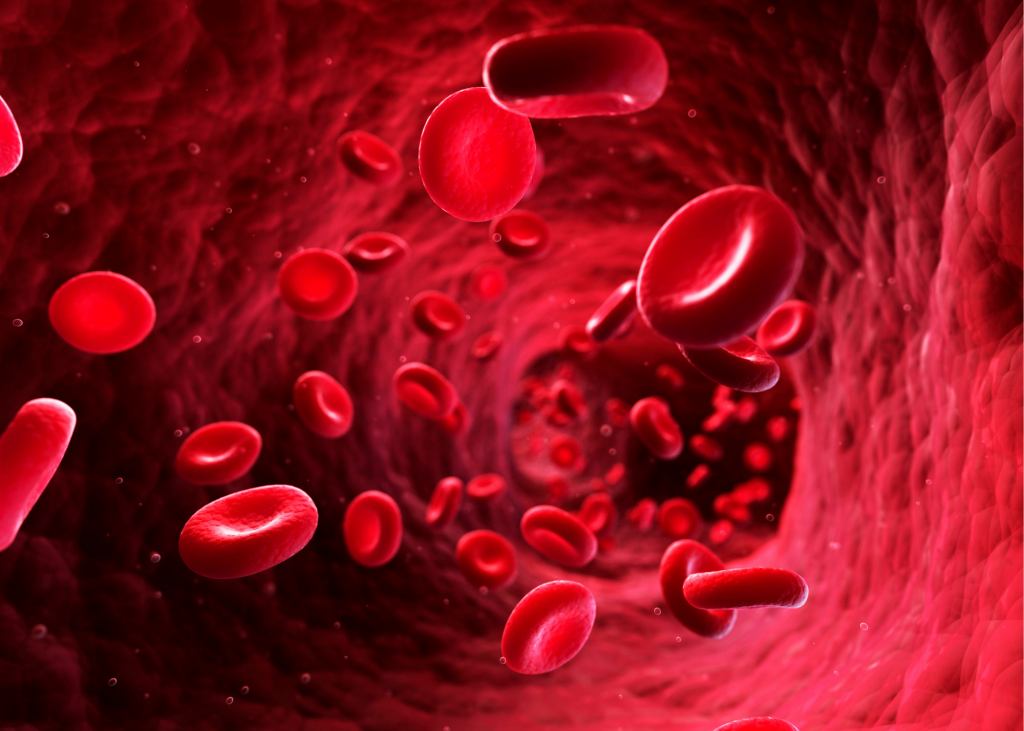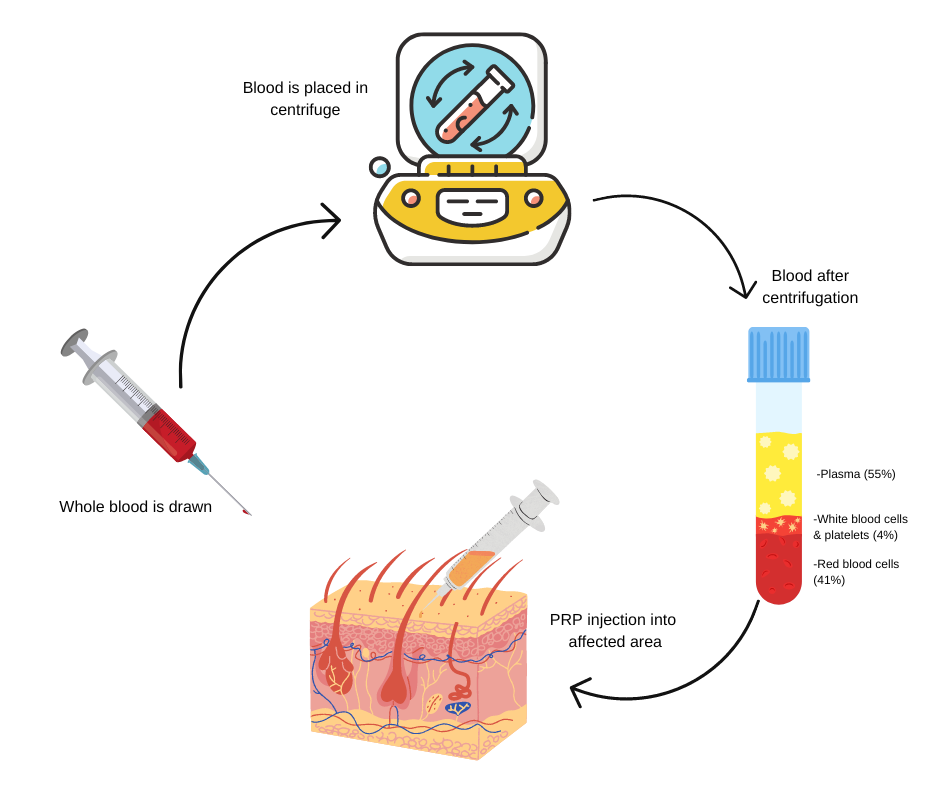Wound Healing PRP
Wound Healing PRP
Wound Healing is not only a complex process, but also a fragile one. It is susceptible to interruption or failure leading to the formation of non-healing chronic wounds. These types of wounds may develop when an acute wound fails to heal in its expected timeframe, typically two
to six weeks. Certain factors that contribute to chronic wounds include diabetes, venous or
arterial disease, infection, and metabolic deficiencies.
At NCCRM PRP we isolate the plasma and put the concentration of growth factors and other
repair agents into the wound. The patient’s blood has factors for healing, but these agents are
present in smaller amounts in regular blood content.


The PRP serum greatly enhances the healing process, due to the concentration of these healing factors. In addition, PRP treatment for wound healing is made from the patient’s blood and is unlikely to have side effects. In addition, the scar tissue that forms in the wound has a reduced blood supply due to its harder structure. PRP can stimulate the formation of new blood vessels so that healing continues immediately.
Because platelets play a crucial role in wound healing, PRP is fast becoming an ideal treatment option. PRP may stimulate and accelerate the wound healing process and decrease recovery time by modulating inflammation and increasing angiogenesis (new blood vessels) and re-epithelialization (new surface barrier).
Not only has PRP been reported to accelerate wound healing, it is also widely used in clinical treatment of patients suffering from chronic wounds. Since the treatment uses a patient’s own blood, PRP injections are safe for single use, or in conjunction with other procedures.
Using one’s own blood is a safe and cost-effective treatment. If you are experiencing an acute wound, slow-healing wound, or chronic wound, PRP may be an appropriate treatment option. Please call our office to schedule an appointment with one of our providers to determine if PRPis right for you.
